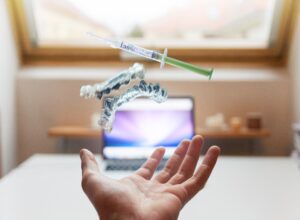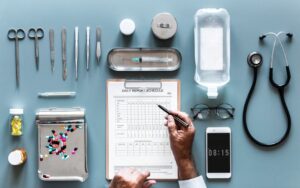5 of the Latest Health Technologies for Women

In May, a whole week is committed to women’s health and wellness promotion. Technologies of all types have made an impact everywhere. The medical field is not an exception.
One of the challenges for technology firms is designing technology that meets the needs of women. A growing number of companies are now developing new products and services that address childbirth and other related needs. The following is a list of five new health technologies now available:
1) The Embrace Neonatal MRI is among the first MRIs (approved by the FDA) made specifically for the brain and head imaging of neonates. This technology is used on neonates with a head circumference up to 38cm, weighing between 1 and 4.5 kg.

Of course, as with everything, the Embrace Neonatal MRI does have limitations. This system should not be used on neonates weighing over 4.5 kg or with a head circumference more than 38cm. It also should not be used on infants with metallic or electronically active implants. The MRI is likely to cause tissue near the implant to heat up or malfunction.

As Dr. Clair Novorol says, “We’re not trying to replace doctors, but often Ada is supporting consultations and helping people to spot what’s going on when the doctor might miss it. Doctors can’t know everything.”
3) A clear benefit to women is the ability for an early breast cancer diagnosis using the FUJIFILM Digital mammography system called the Amulet. The Amulet was created through the combination of FujiFilm’s Device Development Technology and Vacuum Deposition Technology. The first layer changes X-rays into electrical signals, while the second layer uses ‘Direct Optical Switching Technology’. This technology is unique as it captures high resolution and lower noise image electrical signals. This is different from regular TFTs that use electrical switches. Through achieving both “50 pm fine pixel size (higher resolution) and low noise, the AMULET system shows micro calcifications and tumors in more detail.
https://www.fujifilm.com/products/medical/special/women/
The last two items are great examples of mobile health technology:

5) Another mobile app called Breast Cancer: Beyond the shock is an educational resource with informational videos, stories from breast cancer survivors, and a community Q&A.
Breast Cancer affects 1 in 8 of US women. This app is created by the National Breast Cancer Foundation is the main resource of detailed medical and patient advocacy information. This app enables women recently diagnosed with breast cancer to gain a better understanding of their diagnosis.
By: Jonathan Gordon

245 Comments